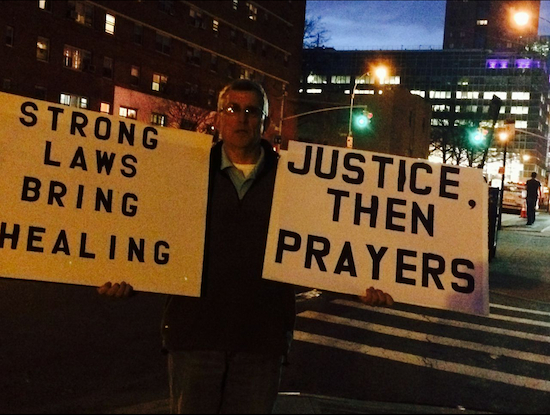Faith In Brooklyn for April 21

Brooklyn Bishop Acknowledges Need for Reparation at Mass for Healing
Survivors Group Says Healing and Justice Can Happen Together
Controversy arose last week over a mass for healing that the Roman Catholic Diocese sponsored for the victims of sexual abuse by clergy. The mass, which took place on Wednesday night, April 15, and was one of several offered around the world — including a similar mass by Pope Francis — garnered much criticism. It also brought to the forefront the contrasting views held by victims and the public on the Roman Catholic Church’s handling of this scandal.

Brooklyn Boro
View MoreNew York City’s most populous borough, Brooklyn, is home to nearly 2.6 million residents. If Brooklyn were an independent city it would be the fourth largest city in the United States. While Brooklyn has become the epitome of ‘cool and hip’ in recent years, for those that were born here, raised families here and improved communities over the years, Brooklyn has never been ‘uncool’.